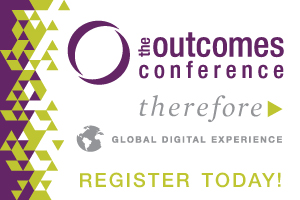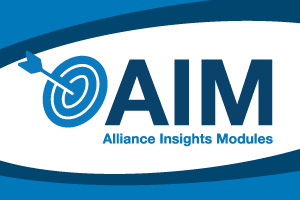
The Chief Steward by Kent R. Wilson
Who is the chief steward of your organization? Your Board!
Any stewardship relationship is basically a triangle of three interdependent entities: an owner, the owner’s resources, and a steward. Stewardship occurs when the owner entrusts his resources into the leadership and oversight of the steward. When the nonprofit organization was first being developed in American colonial times, officials based its’ structure on the same three-part interrelationship. The owner of the nonprofit organization at the divine level is God. On the human level, even though society didn’t want anyone to “own” the nonprofit, they did acknowledge that there existed “stakeholder” groups in the community who had a persistent and vested interest in the nonprofit. Stakeholders were considered “implicit owners.”
Who, then, is the steward of the nonprofit that manages the resources? Because of the growing size of charitable societies as they were called in colonial times, lawmakers split the stewardship responsibilities into three layers. The first layer came about when then they created a special group called the Board of Directors. They were the “chief steward” who had the primary relationship of communicating and being accountable to the stakeholders. A board is outwardly focused, at the highest level of accountability in the organization, and it oversees how the resources are applied by the staff to accomplish the intended outcomes.
The next layer of stewardship that colonial lawmakers created was the Executive Director (ED) or CEO. He or she is an “under-steward” to the board, while the board are the chief stewards. The division of labor that colonial lawmakers applied to nonprofit leadership was intended to bring focus to each steward’s contribution, to separate oversight and governance (the board) from management and operations (the ED), and to acknowledge the great amount of work that had to be done and could only be accomplished with multiple stewards. The relationship between the board and the ED is critical to effective organization stewardship while still recognizing how the relationship is fluid and needs to remain mutually respectful.
The third and last layer of stewardship that colonial lawmakers created when officially recognizing the nonprofit organization was the staff who are also stewards, albeit “steward followers.” Every staff member is given organizational resources to manage through their work responsibilities.
By looking at these relationships in reverse with respect to who is accountable to whom, we can see the dynamic way how each steward has oversight and are accountable for very different things. Staff are accountable to management (ultimately in the person of the ED) for fulfilling their given job responsibilities as efficiently as possible. The ED is accountable to the board as the board’s one employee for how well the programs and services are taking the organization towards its intended outcomes. The board is accountable to God and the stakeholders for how well the organization is moving towards its intended outcomes. It is also accountable for engaged the stakeholders in relationship where there is communication and sharing. And finally, human stakeholders are accountable to God for the way in which they were good stewards of everything God gave them.
What surprises board members when I talk about the board being the chief steward?
It unfortunately surprises some board members that view themselves more like the de facto ‘owners” of the organization. They probably will not like the idea of giving up ownership for stewardship. Other board members who hear about their stewardship role are surprised at how critical and fundamental the relationship is for good stewardship between God and stakeholders and board members. It takes time and persistence to build a relationship with a diverse group of stakeholders while listening and communicating both ways. Finally, some board members who hear that they are the chief steward might be surprised that their role in oversight and governance all funnels through one employee, the ED. The board might love to get “hands on,” but the ED is significantly more knowledgeable about the workings of the organization and is in the right position to manage the staff.
So, have more conversations among your board as to what it means for you to be the chief steward. And if you’ll like more assistance, contact me at my email address below and ask for a complimentary chapter on being chief steward from my upcoming IVP book, Steward Leadership in the Nonprofit Organization.
####
Kent Wilson (PhD) is a leadership coach and nonprofit leadership specialist. After running nonprofit organizations for 30 years, he now serves as an executive coach with Vistage International and program coordinator for CLA’s Leader2Leader peer advisory program. He is also co-founder of the Steward Leader Initiative, and frequently trains boards in steward-governance.
Is it time for you to build a life-changing relationship with someone who has the wisdom to guide your next steps? Then you need to complete your profile and become part of Christian Leadership Alliance’s Outcomes Mentoring Network. Enroll in a six-month mentoring relationship that will build your leadership capacity and increase your Kingdom impact!
 www.OutcomesMentoring.org
www.OutcomesMentoring.org

What is Christian Leadership Alliance?
Christian Leadership Alliance equips and unites leaders to transform the world for Christ. We are the leaders of Christ-centered organizations who are dedicated to faithful stewardship for greater kingdom impact.
Sign up for FREE blog updates.
Upcoming Events
Check back later!



